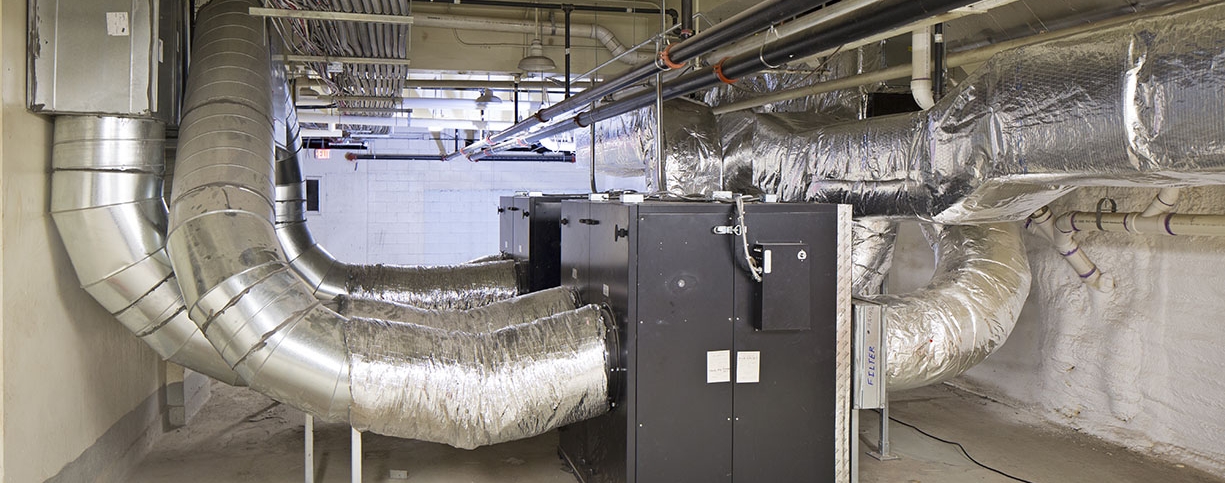Tell me more about Passive Building HVAC Systems, Please

OK, HVAC in passive buildings is more like hVac
The mechanical system is a critical component of all high-performance buildings. Design loads are drastically lower because of continuous insulation, extreme airtightness, and superefficient windows. In simple terms, the “H” and “AC” parts of HVAC are smaller, and the “V” is better, hence hVac.
Balanced ventilation that delivers fresh air and removes stale air from the living space is a primary design focus. Taller buildings have more ventilation challenges because of the stack effect, a pressure created by the buoyancy of warm air. It is also called the chimney effect because it is how chimneys work: Warm air rises and cool air rushes in to replace it. The stack effect becomes a dominant force in buildings over six stories, making heating and cooling tall
buildings frustrating and complicated.
Katrin Klingenberg, the executive director of PHIUS, outlined “best” and “second best” systems for these scenarios. “Best-practice ventilation in airtight mid- and high-rise buildings is a dedicated balanced-ventilation system in each unit. This arrangement has many benefits.
- Best efficiency of the ventilation system (short distribution ducts, small pressure drop due to ductwork)
- Best control of potential point loads
- Best control from the user's perspective (increasing airflow when needed or shutting it off when going on vacation)
- Best indoor-air quality
Ducts are small and easy to maintain and replace if necessary over time. Each unit can be compartmentalized, so there is no stack effect, no cross-contamination of indoor pollutants, and lower fire risk from vertical-distribution penetrations.
Yes, it requires more maintenance and filter cleaning, but in most cases, projects use variable refrigerant flow (VRF) systems, and those air handlers also need filter maintenance on a regular basis.
Klingenberg’s second-best practice is placing semi-decentralized balanced-ventilation units on each floor. This arrangement has many of the same benefits, (no stack effect to battle, ducts remain relatively small). They also do not require central air returns or fire dampers, and there is more zonal control than with centralized systems. This setup offers better building ventilation resiliency if one unit fails.
This solution has another benefit for densely populated buildings where cooling loads are high and indoor humidity could be an issue. Centralized dehumidification can be installed from the VRF system after the air has passed through the ventilator.
